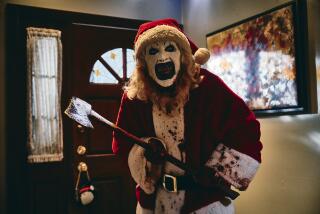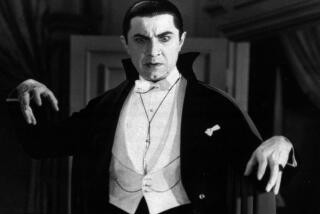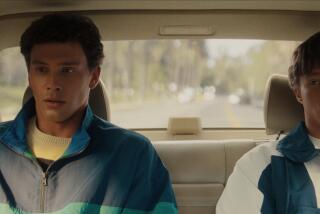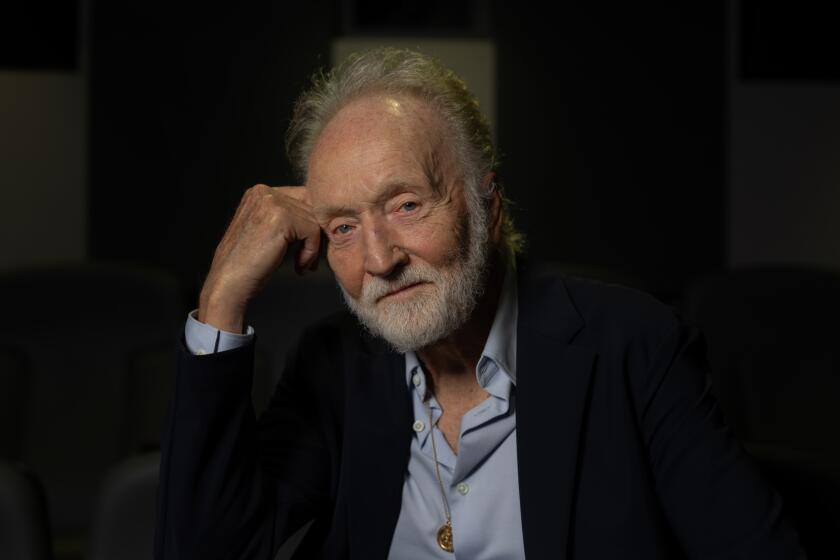Why this film critic gave up on horror movies
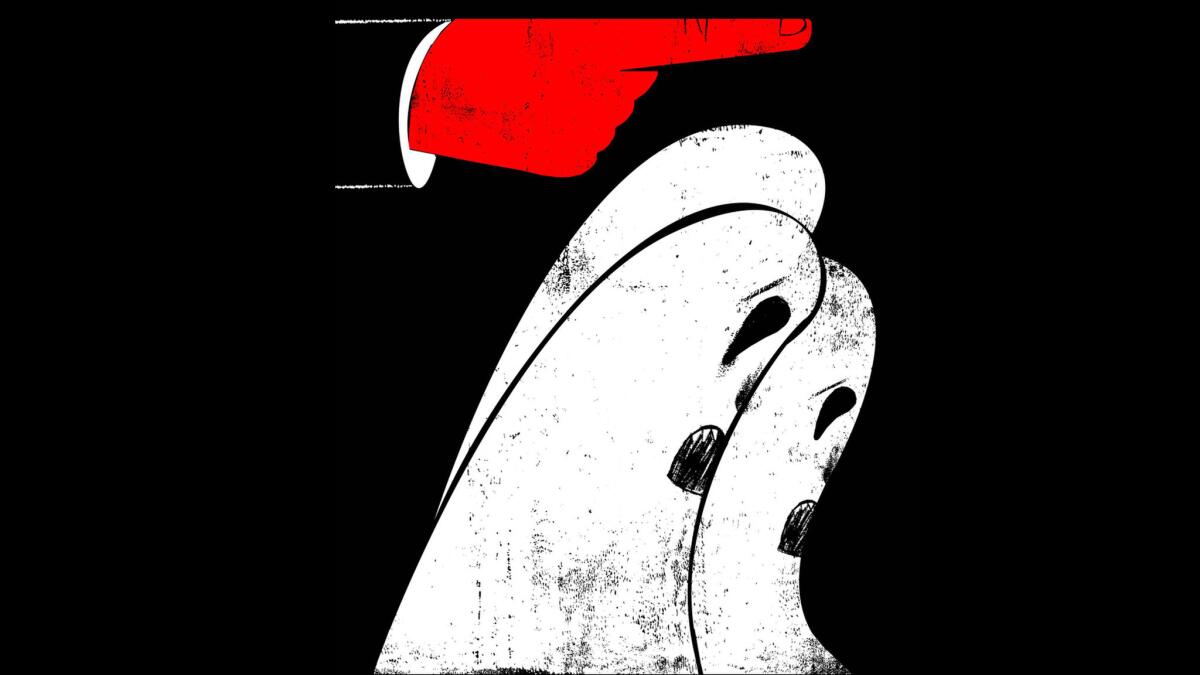
Like characters in an old blues song, horror and I met at a crossroads decades ago. I went one way, horror another, and lately, I’ve been trying to figure out the reasons why.
It’s not just the deaths of two of modern horror’s founding fathers, George Romero of “Night of the Living Dead” and Tobe Hooper of “The Texas Chain Saw Massacre,” that got me thinking. Though that played a part.
Equally crucial is the way horror finds itself positioned at this moment as the genre of choice for audiences as well as critics, the sensibility that is front and center in keeping the movie business afloat.
Just to cite the most recent statistics, Stephen King’s “It” crushed a September record with a phenomenal opening-week take of more than $123 million and has made more than $604 million worldwide after five weeks in theaters, while “Annabelle: Creation,” the latest film in “The Conjuring” franchise, a series I’d barely heard of, put the combined worldwide gross for the cycle at more than $1 billion.
As far as the critical establishment is concerned, a surprising number of reviewers are more likely to be over the moon about a new horror movie than to applaud mainstream Oscar-type heavyweights.
As critic Nick Pinkerton perceptively wrote in a recent issue of the British journal Sight & Sound, “The genre film isn’t just competing with the prestige film for accolades now, but is actually becoming the prestige film.”
Despite all this, horror is a genre I never review and scrupulously avoid even watching. You could count on the fingers of baseball legend Mordecai “Three Finger” Brown how many horror or similarly scary films I’ve taken in over the past years. Even Tomas Alfredson’s fine Swedish vampire picture “Let the Right One In,” which purists would say is too tame to even count, was almost too much for me.
I was not always this way. I still admire early horror masters like Lon Chaney, whose unmasking in the original “Phantom of the Opera” is one of the great moments in all of silent cinema, and I spent considerable time interviewing David F. Friedman, the genial impresario who produced two early films by splatter pioneer Herschell Gordon Lewis, the aptly named “Blood Feast” and “Two Thousand Maniacs!.”
And, as Romero’s death reminded me, I was actually an early partisan of “Night of the Living Dead.” In fact, while Variety called it “an unrelieved orgy of sadism,” I reviewed the movie positively for the Washington Post when it opened in the nation’s capital.
I still have vivid memories of watching that film all alone at a screening in the District’s cavernous Circle Theatre on a warm afternoon and being “so completely in its grip,” as I wrote in my review, “that it’s shocking to walk out of the theater and discover people walking around as if nothing special had happened.”
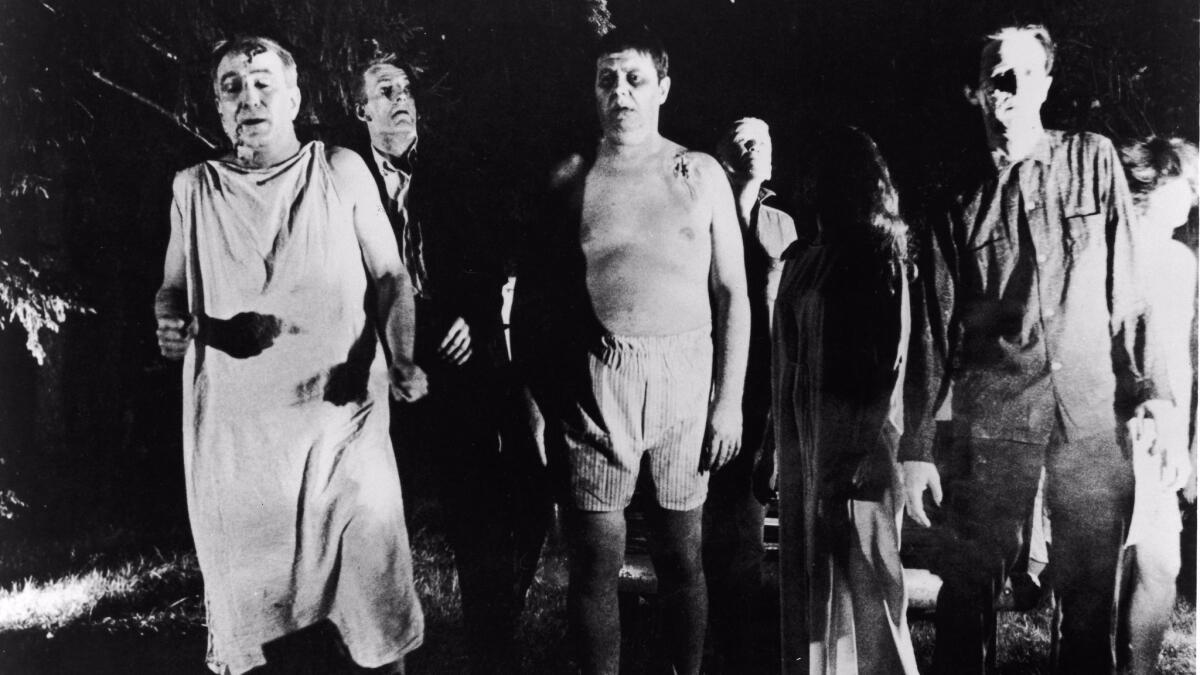
“You get what you pay for in ‘The Night of the Living Dead,’” I concluded, “a horror film that has the power to literally horrify. How sweet it is.”
But rather than go from strength to strength and become part of the vanguard of America’s love affair with horror, I went resolutely in the opposite direction. Did I change, or did horror change? The answer, I think, is both.
For one thing, starting perhaps with “The Texas Chain Saw Massacre,” horror and fright films started literally and figuratively, relentlessly and unapologetically, going for the jugular with audiences in ways I simply had no interest in.
In glimpses I got in trailers and descriptions I read in reviews, it was clear that filmmakers were increasingly taking an all but sadistic approach to their work, delighting in outdoing each other in how much discomfort and even torture they could inflict on ever-willing audiences.
Though it is distinctly a minority position, I find myself more and more in agreement with an official of the British Board of Film Classification who was quoted in a Hooper obituary. When he said of “Chain Saw” that it was trafficking in “the pornography of terror,” I know what he meant.
Partisans of the genre, obviously, see things different.
Sometimes they even propose that scaring people has very little to do with what’s going on on-screen. As a recent “Chain Saw” appreciation in the New York Times by Jason Zinoman posited, “What really distinguishes it is not its brutality and ruthlessness, but it’s stunningly realized aesthetic.”
Speaking for myself, I am simply unable, for a variety of reasons, to see things that way.
To be a critic, someone once said, is to have the capacity to take what you review personally. One reason I can function in the job, why I am able to take in all the films I do and still react with passion and interest to each and every one, is that I am strongly susceptible, even vulnerable, to the images on the screen; they go in very deep with me.
So, on the most basic level, the horror on the screen feels real to me. I can’t get to the place where it’s all aestheticized into an art object. That’s not one of my options. I can’t get past the surface horrors — they scare me too much in the middle of the night, and I don’t enjoy the sensation.
Even more personally, as the son of a father whose entire family died in the Holocaust, I’ve always felt that the world itself was both frightened and frightening enough for me.
As I’ve gotten older, I’ve become increasingly aware of the unavoidable pain and suffering all around (how could I not?) and that in turn has made me increasingly squeamish about how many reminders of how scary things can get I’m willing to subject myself to on-screen. Where’s the entertainment in that?
For some people, presumably, watching horror serves as a roller coaster-type distraction from that reality, a challenge to be mastered and survived like eating the Japanese delicacy fugu, a fish that might kill you if your luck isn’t good.
But when Kumail Nanjiani, star of “The Big Sick,” tweeted about “Chain Saw,” calling it “terrifying” and adding, “it crawls inside and stays,” my immediate reaction was to ask, Why is that a good thing? Why do I need to open myself to more images to be unnerved about? Why would I want to put myself in the hands of someone whose sole intention is to make me feel as awful as possible?
Until someone gives me a convincing answer, horror and I are finished. No hard feelings for the creators, no problem with the fans; for me, I just need to stay away. Far, far away.

A thousand “scare-actors” a night wend through an assembly line of gore, where they are transformed into terrifying characters for Universal Studio’s Halloween Horror Nights.
ALSO:
Op-Ed: How George Romero Americanized the zombie
The ‘American Horror Story’ cast gets a taste of its own medicine at Roanoke maze
TV horror vs. movie horror: Guillermo del Toro on telling scary stories across different mediums
More to Read
Only good movies
Get the Indie Focus newsletter, Mark Olsen's weekly guide to the world of cinema.
You may occasionally receive promotional content from the Los Angeles Times.
